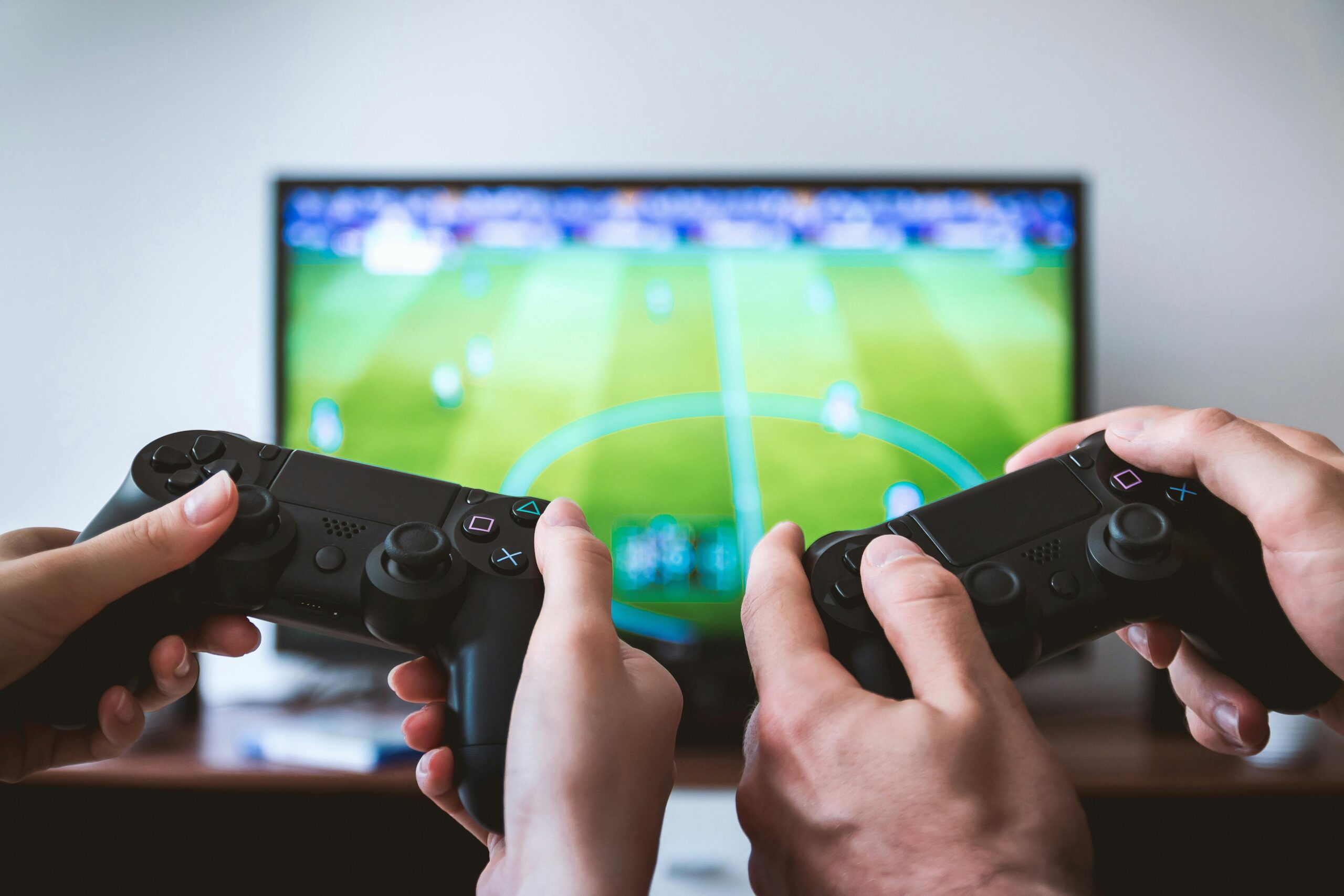Physical Address
304 North Cardinal St.
Dorchester Center, MA 02124
Physical Address
304 North Cardinal St.
Dorchester Center, MA 02124

Discover effective strategies to reduce your screen time while maintaining productivity. Learn how to balance digital use and work for a healthier tech-life balance.
Did you know the average American adult spends nearly 7 hours a day on screens? This is a big problem for our productivity, mental health, and balance between work and life. But don’t worry, there’s a way to fix this! In this article, you’ll learn how to cut down on screen time without losing your edge.

To cut down on screen time without losing productivity, you need to know your digital habits well. The first step is to find out where you waste time and lose focus. This helps in controlling your screen time better.
Start by tracking how much time you spend on screens. Use tools like screen time trackers or digital wellbeing apps to see how you use the internet. Look at what takes up most of your time, like scrolling through social media or watching videos.
After you know your digital habits, think about why you spend so much time online. Do you use apps or websites to avoid work or because you’re bored? Knowing why you use screens can help you fix the problem.
Look at how your screen time affects your work and focus. Think about tasks or projects that get interrupted by screens. Find out which apps, notifications, or online habits distract you the most.
By knowing where you lose focus and productivity, you can make better plans to manage your screen time. This approach will help you make lasting changes in your digital habits.
| Productivity Drain | Potential Solutions |
|---|---|
| Excessive social media scrolling | Set time limits, use app blockers, or designate specific social media breaks |
| Constant email checking | Batch email processing, turn off notifications, and establish email-free periods |
| Interrupted focus due to smartphone notifications | Silence notifications, use “do not disturb” mode, or leave your phone in another room |
In today’s world, finding a good balance between work and screen time is key. It helps keep you productive and happy. Luckily, there are ways to reduce digital overload without losing your job goals.
Setting clear limits on screen time is a strong strategy. This means setting times for emails, social media, and online activities. Doing this helps you improve your tech-life balance and use your time better.
Also, try regular digital detox sessions. This could be no screens during meals or before bed, or even a whole day without them. These breaks help you relax, reduce stress, and come back to work with more energy.
By using these screen time reduction strategies, you can reclaim control over your digital life. This leads to a more balanced and productive work life. The important thing is to find what works for you, so you can succeed in the digital world without losing your well-being.

“The greatest weapon against stress is our ability to choose one thought over another.” – William James
Reducing screen time without losing productivity is possible. You can do this by understanding your digital habits and finding what slows you down. Then, use smart ways to cut down on screen time.
It’s important to find a balance that fits your life. Don’t try to cut out screens completely. This might not be good for you. Instead, aim for a balance that keeps you productive and lets you enjoy technology.
Try the tips from this article, like setting limits, using apps, and being mindful. With effort and regular practice, you can cut down on screen time. This will help you achieve a better work-life balance. Start this journey and become more focused, efficient, and happy in your work and personal life.
To reduce screen time without losing productivity, start by understanding your digital habits. Identify what activities drain your productivity. Then, use strategies to cut down on screen time.
Setting boundaries and practicing digital detox can help. Also, use tools and techniques that boost your productivity.
Common pitfalls include too much social media, constant email checks, and unnecessary browsing. These can distract you from work. Recognizing these habits is the first step to controlling your screen time.
To balance screen time and work, set clear boundaries. Designate times when you won’t use screens. Also, limit your daily screen time.
Prioritize tasks and avoid multitasking. Use tools and techniques that help you work more efficiently.
Effective strategies include setting a daily screen time limit. Schedule digital detox periods. Use apps and browser extensions to stay focused.
Try the Pomodoro technique to stay on track. Find what works best for you and your work style.
To reduce distractions and improve focus, turn off notifications. Use website blockers. Create a distraction-free workspace.
Practice mindfulness and take breaks. This helps you stay focused and productive all day.